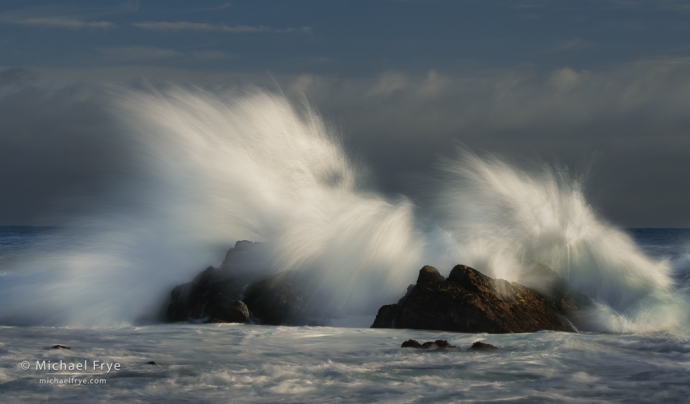
Crashing wave, Monterey Peninsula, California. I used a 1/2 second shutter speed to create some blur and sense of motion, while still preserving some of the shape and texture of the wave.
Because of our eclipse journey I haven’t had a chance to write about the Out of Big Sur conference yet – a big omission, because it was such a fun event! Great people, wonderful co-instructors, great locations, and well-organized by Chris Smith, Chrissy Donadi, and the rest of the Out of Chicago team.
We all had lots of fun photographing the Monterey Peninsula, Point Lobos, and the Big Sur Coast. Though I live fairly close to these areas, I’ve actually spent more time photographing coastal areas farther north near the northern-California redwoods, and along the Oregon Coast. So it was good to get re-acquainted with the Monterey and Big Sur region, and discover some new locations I hadn’t photographed before. It’s such a beautiful area.
My co-instructor for the field sessions was David Kingham, and we had a great time together. He’s such a nice person, as well as a great photographer and instructor.
On the second-to-last morning of the conference David and I had our group out on the northern shore of the Monterey Peninsula, watching huge swells rolling in, lit by the sun, with dark clouds behind. It was quite a striking scene.
One pair of rocks kept attracting big wave splashes, so many of us focused on those rocks, trying to catch moments when large swells created interesting splashes. These crashing-wave photos can work well with fast shutter speeds, freezing the motion and spray of the waves. But I decided to try something a little different, using a slowish shutter speed (1/2 a second) to create a bit of blur, and sense of motion, while still preserving the shape and some of the texture of the waves. It takes just the right wave to make that work, so it’s a bit more hit-and-miss, but I got lucky and caught one wave perfectly – the image at the top of this post.
Many of our locations also lent themselves to photographing patterns and abstracts, including the famous Weston Beach, as well as creeks and tide pools along the Monterey Peninsula. We had fun photographing those abstracts, and I’ve included a few of my favorites here.
And just before the conference millions of Velella velella (“by-the-wind sailors”) started washing up on shore. These blue sea creatures have “sails” that catch the wind, and that’s their only form of propulsion. Sometimes large numbers of them get blown onto shore and stranded, and that’s what happened just prior to the conference. They made great photo subjects.
This is a highly photogenic area, and also has a rich photographic history. The region has been home to many notable photographers, including Ansel Adams, Edward Weston, his sons Brett and Cole, Morley Baer, Ruth Bernhard, Wynn Bullock, Henry Gilpin, and John Sexton.
It was John who gave the opening keynote presentation for the conference, highlighting many of those photographers who had been inspirations to him and so many others. It was a wonderful, moving, inspiring talk.
And one the best parts of the conference was that everyone got to visit Ansel and Virginia Adams’ former home, courtesy of their son Michael and his wife Jeanne – complete with a tour of Ansel’s darkroom by John Sexton. John worked for Ansel from 1979 to 1984, first as Technical and Photographic Assistant, then as Technical Consultant, so he’s intimately familiar with the all of the darkroom’s innovations and quirks.
Before and after the conference some of us also got to tour Wildcat Hill, former home of Edward Weston, and current home of Kim Weston, Edward’s grandson, who gave us the tour. Kim is Cole Weston’s son, and Brett Weston’s nephew, which makes him the third generation of accomplished photographers in the family. And his son is a photographer also. Anyway, that was a wonderful experience as well.
Here are a few of my favorite photographs made before and during the conference. It was really fun, and I can’t wait to do the next conference in the Tetons this June. (There might be a few spots left if you want to join us!)
— Michael Frye
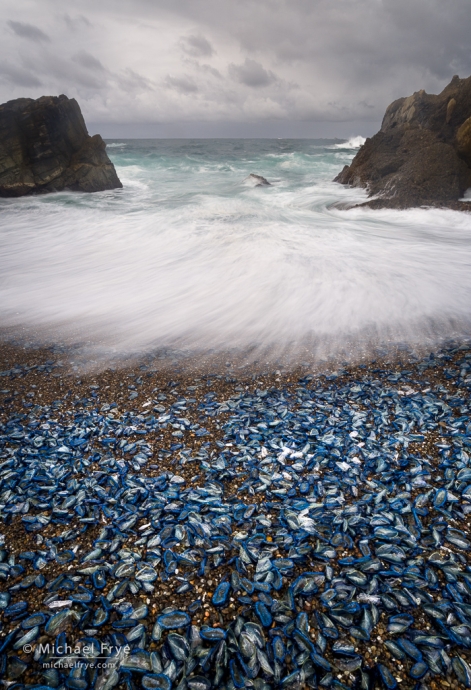
Velella velella (by-the-wind sailors) washed up on a small beach, Point Lobos State Reserve, California
Related Posts: From Lens to Print Webinar, and Out of Big Sur Registration; Join Me at the Out of Grand Teton Photo Conference!
Michael Frye is a professional photographer specializing in landscapes and nature. He lives near Yosemite National Park in California, but travels extensively to photograph natural landscapes in the American West and throughout the world.
Michael uses light, weather, and design to make photographs that capture the mood of the landscape, and convey the beauty, power, and mystery of nature. His work has received numerous awards, and appeared in publications around the world. He’s the author and/or principal photographer of several books, including Digital Landscape Photography: In the Footsteps of Ansel Adams and the Great Masters, and The Photographer’s Guide to Yosemite.
Michael loves to share his knowledge of photography through articles, books, workshops, online courses, and his blog. He’s taught over 200 workshops focused on landscape photography, night photography, digital image processing, and printing.

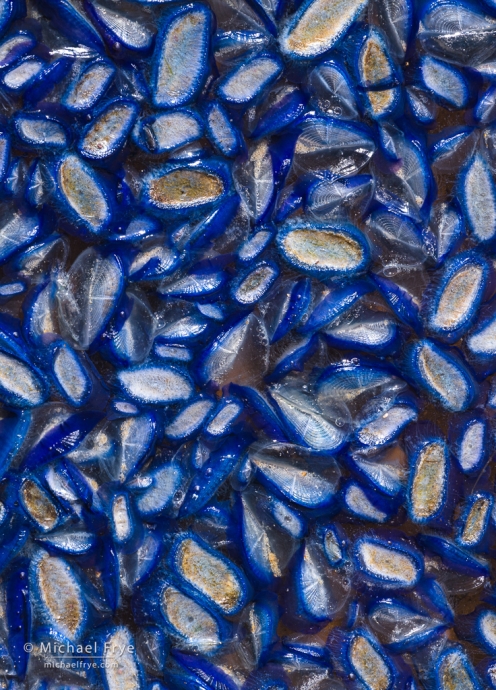
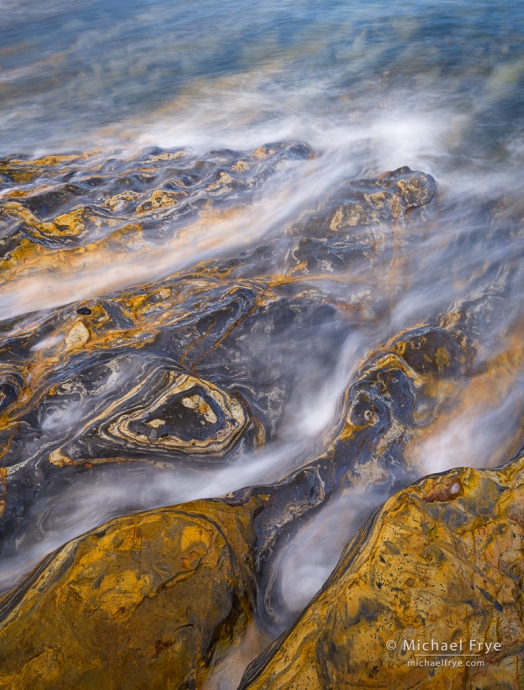
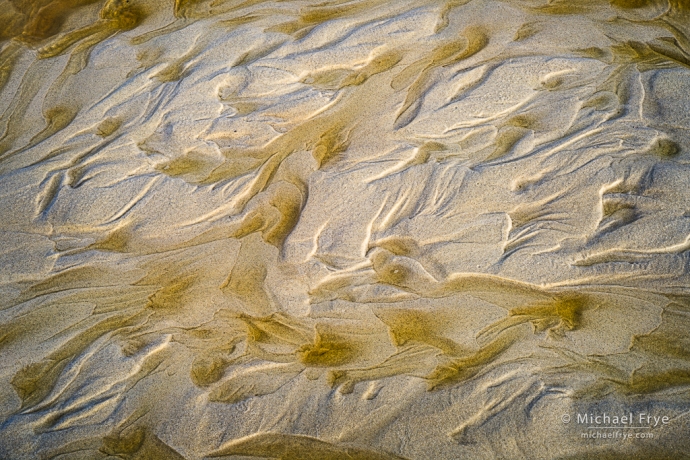
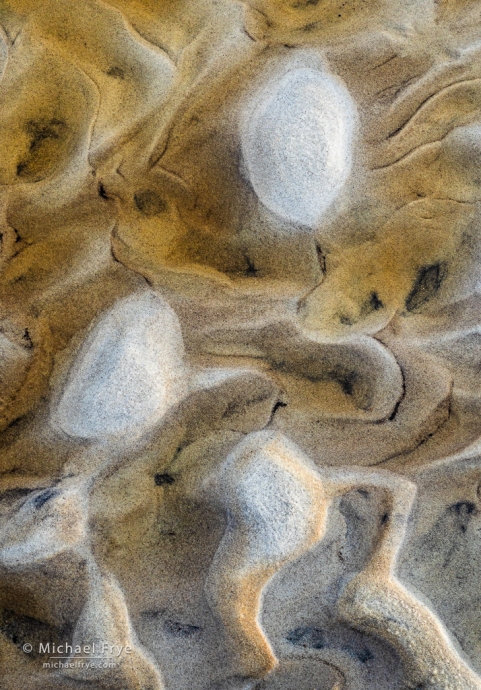

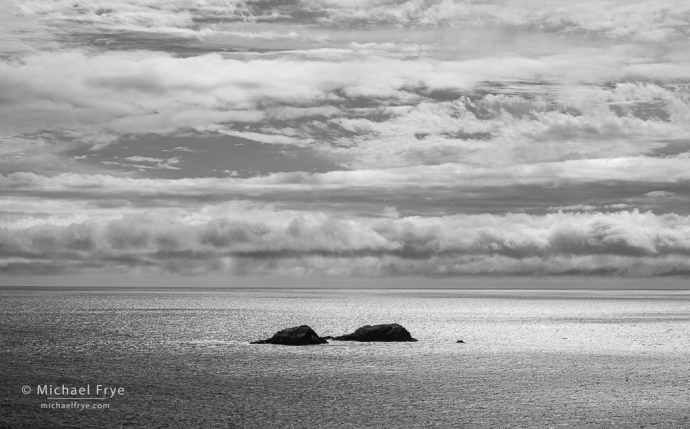
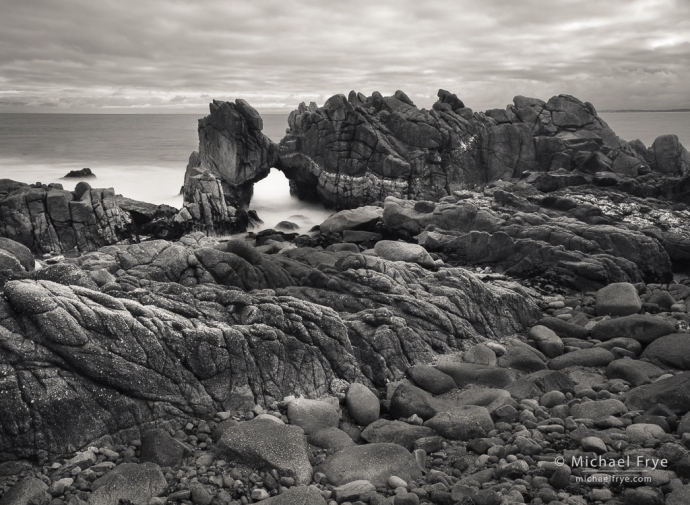
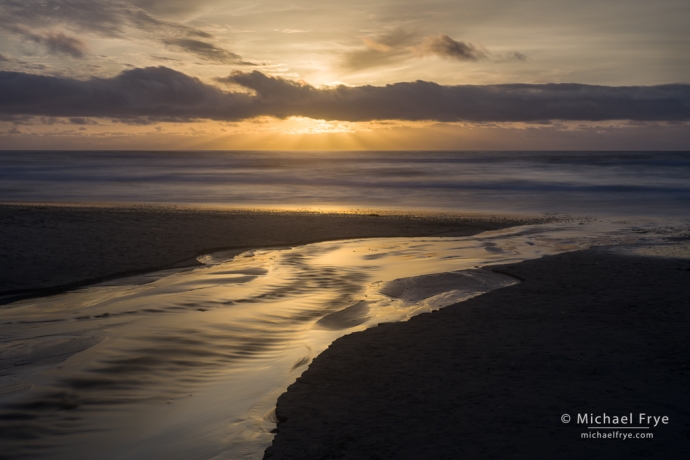
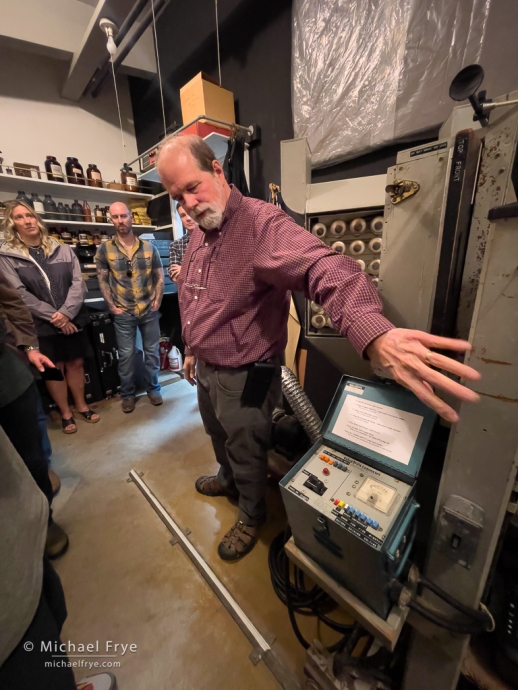
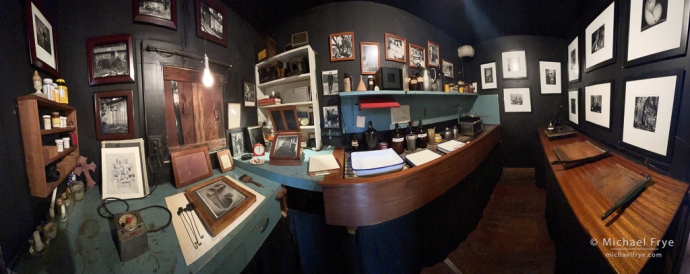








Hi Michael,’
The gull shadow on the sand with the ripples leading away is truly mesmerizing.
My old stomping ground. We would always head down there when high surf came. It can be truly spectacular.
Thanks for sharing these.
Wonderful picture of the “kissing rocks” off Sunset Dr. in Pacific Grove. Really dramatic when a large wave crashes through the arch.
Thanks Mark! I look forward to seeing large waves at that spot some day.